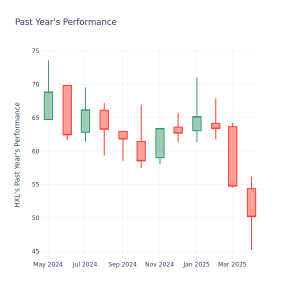SmartAsset and Yahoo Finance LLC may earn commission or revenue through links in the content below.
A buy limit order is a stock market order where investors set a maximum price for buying a security. This method lets investors control their purchase price and avoid paying too much in volatile markets. Unlike market orders that execute at the current best price, buy limit orders only fill if the stock’s price reaches or falls below the specified limit, promoting disciplined investing. Working with a financial advisor can help you determine how to use buy limit orders based on different investment strategies.
A buy limit order is an instruction placed with a broker to purchase a specific security only if its price falls to or below a predetermined level. This type of stock order is particularly useful for investors who want to avoid overpaying for stocks or other assets.
As an example of how this would work, if a stock is currently trading at $50 per share, an investor might set a buy limit order at $45. If the stock’s price drops to $45 or lower, the order is executed automatically.
This approach is particularly useful for long-term investors, or those who use technical analysis, to identify specific entry points. Buy limit orders allow investors to strategically build their portfolios by setting precise purchase prices, which helps avoid buying at temporarily high prices.
A market order is an instruction to buy or sell a security immediately at the best available price. The market order prioritizes speed over price control, making it suitable for investors who need to quickly enter or exit a position. For example, if a stock is trading at $50 per share and an investor places a market order, the trade will execute immediately at the current market price, even if slight fluctuations occur during the transaction.
In contrast, a buy limit order focuses on price control by specifying the maximum price an investor is willing to pay. While this approach helps investors avoid overpaying, it introduces the risk that the order may be delayed and even not executed at all if the market price never reaches the specified limit.
Market orders are best suited for highly liquid stocks where price differences between the bid and ask are minimal. Buy limit orders, on the other hand, are more appropriate for investors aiming to capitalize on specific price targets or avoid paying too much in volatile or illiquid markets. The choice between these orders depends on the investor’s priorities – speed vs. price control – and their overall investment strategy.


